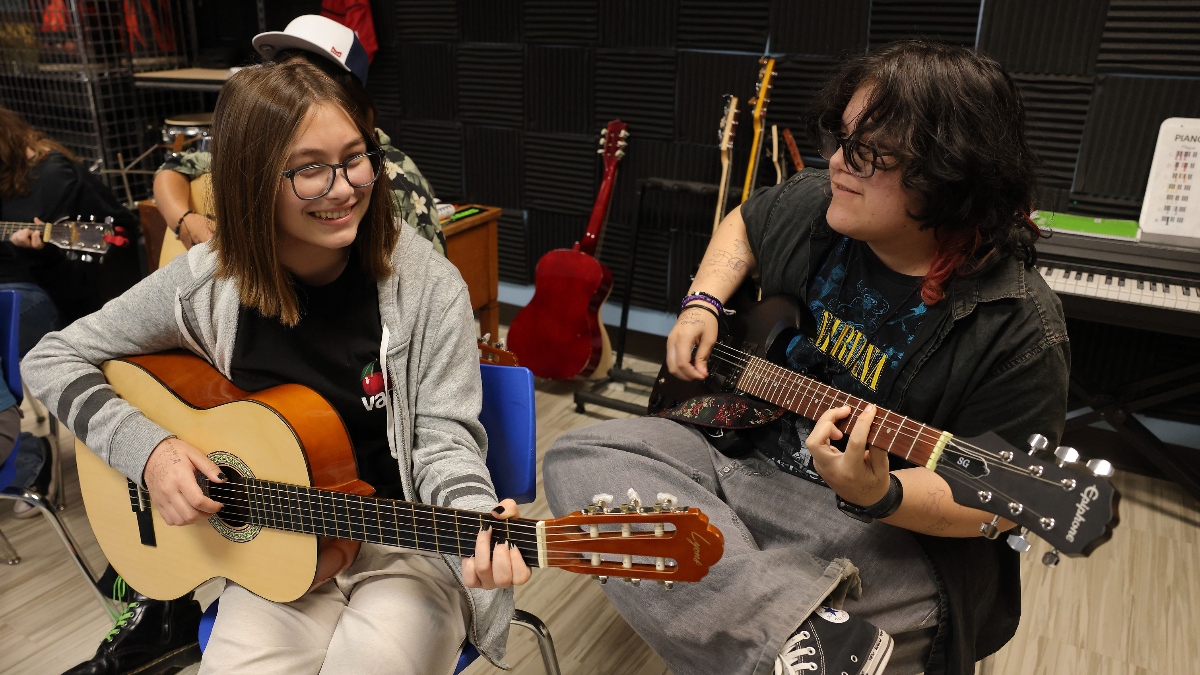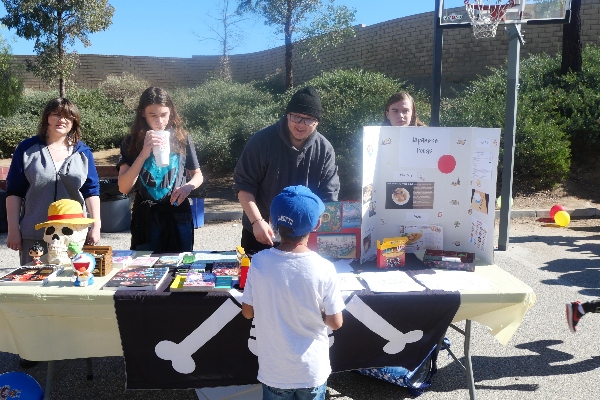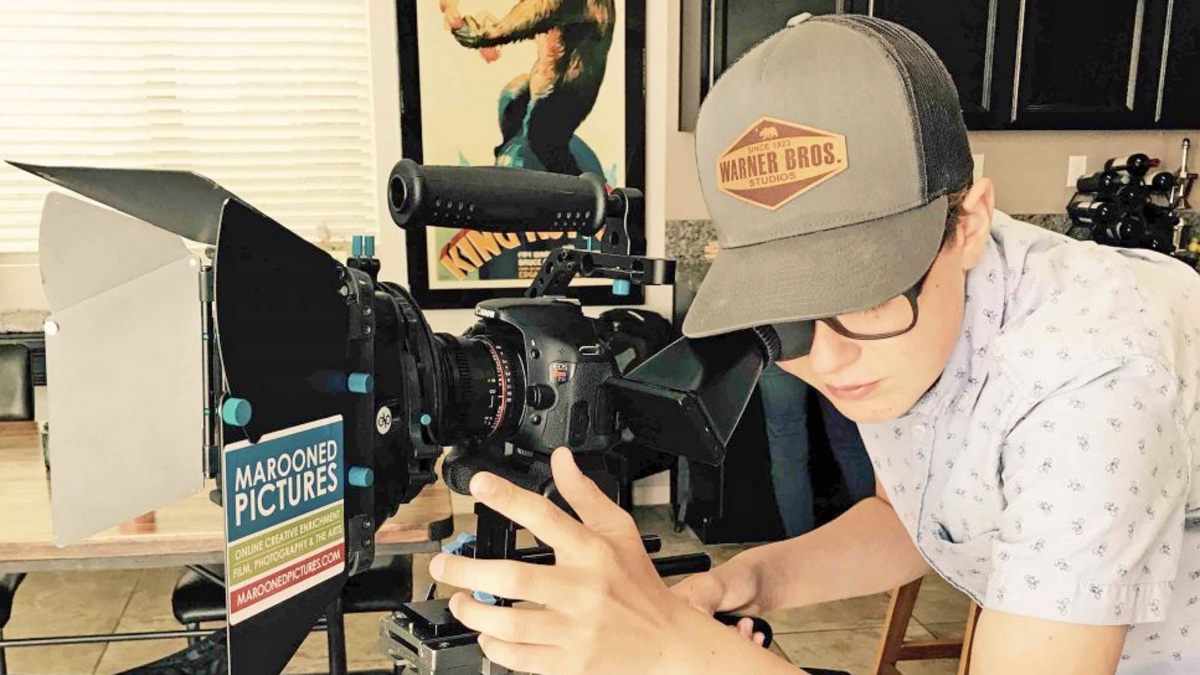Phones on Campus
As smartphones have become a necessity in our modern life, our learners have been bringing them to school at younger and younger grade levels. We understand our families make this choice so they can communicate with their learners should there be an emergency. Here are a few guidelines:
- As a society, we use phones for a variety of reasons. We want to support our learners with creating healthy habits with technology.
- In grades TK/1-5, we ask that phones are kept in backpacks throughout the school day, including during lunch and break, which are times for the social interaction and physical activity learners need to be successful in school.
- Beginning in middle school, and depending on the guidelines of each particular class, your learner may have the privilege to use their phones to do classwork, and during break and lunch, if they use their privilege responsibly.
- In Upper School, learners may use their phones for school work. Again, depending on the guidelines of each particular class, your learner may have the privilege to use their phones to do classwork, and during break and lunch, if they use their privilege responsibly.
- Should any learner need assistance in using a phone more responsibly, we will do our best to help them by limiting their phone usage, asking that it be turned in at the beginning of class, keeping their phone in a safe place, and/or meeting with the family to create a plan to help the learner use their phone more responsibly.
- Finally, families, if you need to contact your learner during class hours, we ask that for younger learners, you contact the front desk, and for middle and upper school learners, you wait until their recess or break. Phone calls and texts in the middle of class distract your learner from being engaged in class.
Online Safety
We live in an age where technology is changing, it seems, minute to minute. Our learners are digital natives; they pick up a device, program or technology with ease and in a matter of moments they are able to navigate and operate it with ease and panache. For some of us who came to this technology later in life, we are digital immigrants; we have to reteach our brain to think differently, and it may take us longer to learn how to operate a program/technology, and/or figure out whether it’s going to be in the best interest of our child. This is particularly true of internet sites. Sometimes, seemingly innocuous sites geared for our kids may not be all they claim to be.
Roblox Gaming App
One such site that we’ve discovered that our learners may be using is Roblox. At first glance, the site may seem to be what it purports to be — a place where your learner can play games. The problem with the site is that the gamers can communicate with each other, and not all those playing are the same age as your learner. Predators take advantage of sites like this to groom young people. Here’s an article to better understand how predators use sites like this. You may want to check the gaming sites your learner is playing to see if they can be accessed by outside people, and perhaps get an account with your learner and play as well, to better understand the application. Again, if your learner has Roblox, it is not a safe site.
YouTube and Unrated Videos
So, you’ve set your learner’s YouTube account to only play a certain rating video. Your learner loves to watch videos of their favorite cartoon character. Settings, check. Cartoon character you know about and love, check. Safe, right? Not necessarily. Unfortunately, some of your child’s favorite cartoon characters may be well loved by adults, and they may have created “fanfiction” adaptations that may not be G-rated. How would your child get a hold of these types of videos? If they’re non-rated, your learner may be able to access them. Check your child’s account cache to see if they have, by accident, watched a video that was intended for a more mature audience.
The Pod Challenge
Every generation has some crazy fad that drives the adults crazy. Why would they do something so foolish, and in some cases so dangerous? The latest teen challenge is not only dangerous, it could be deadly. The Tide Pod challenge dares kids to eat a laundry detergent gel pod.
“The laundry detergent packets pose two potential problems… Children and teens can aspirate on the liquid by inhaling it into their lungs, or they can become ill by ingesting it — experiencing a change in blood pressure and heart rate, losing consciousness or having seizures. . . some may not know they have underlying medical conditions, such as asthma, that could put them at a higher risk for complications.” (Jan. 17, Washington Post)
We try our best to protect our learners from the world. With a world changing as fast as it is, we may need help to ensure their safety, particularly on the internet. Luckily there are online resources to help us. Check out sites like Common Sense Media or Family Zone (a subscription site). Both keep their information up to date to help us keep our children safe. Also, here are some tips for phone safety as well: Top 5 Kids Cell Phone Safety Tips for Parents.
One last note — in all the articles we’ve read about online and phone safety, there is one thing we all can do that works well: Continue to have an open dialogue about their choices and experiences. Continued open dialogue assures that your child will come to you when they need you most. Please reach out to the leadership team if you have any questions or concerns.




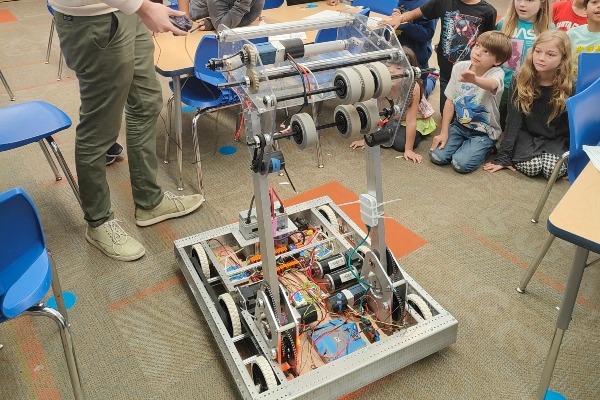
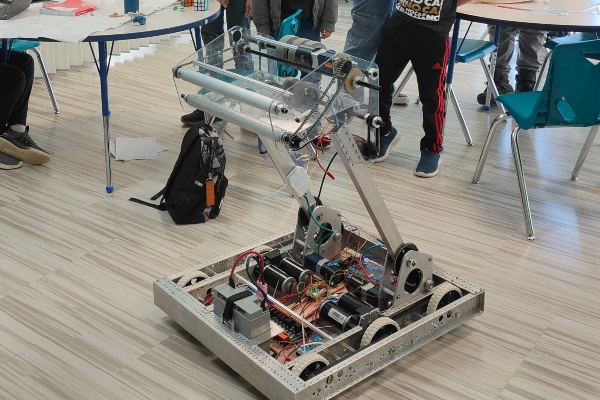
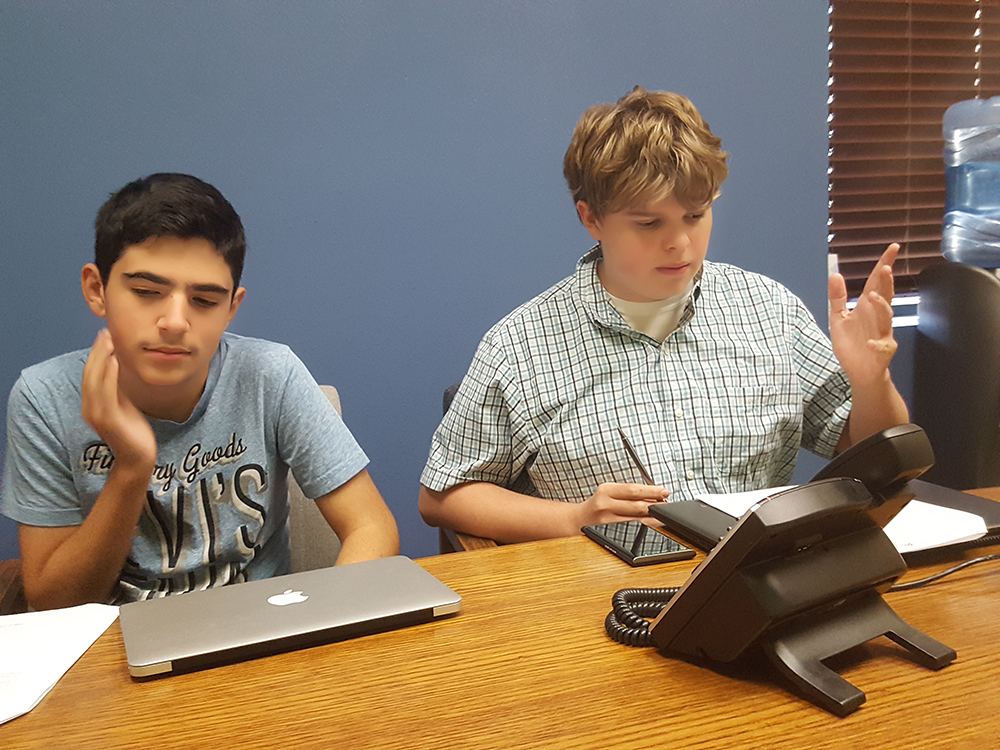
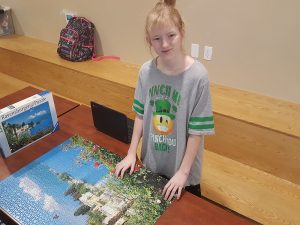 In advisory (Mondays from 1 to 1:50), we are still exploring the book “Ignite Your Spark.” Right now we are reading Chapter 7, which is about defining dreams. We are watching the documentary (in pieces) “The Dream Share Project.” I have attached the link to the
In advisory (Mondays from 1 to 1:50), we are still exploring the book “Ignite Your Spark.” Right now we are reading Chapter 7, which is about defining dreams. We are watching the documentary (in pieces) “The Dream Share Project.” I have attached the link to the  Alex Urbina is hosting his last Transformational Teen Training of the year on Nov. 11-12 in Santa Clarita.
Alex Urbina is hosting his last Transformational Teen Training of the year on Nov. 11-12 in Santa Clarita.